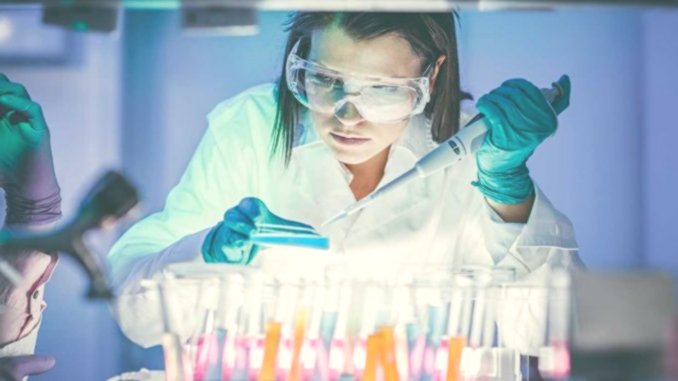
As is already known, leukemia is a variant of cancer that dissipates in the blood , starting in the bone marrow and spreading to the white tissue of the bones, just where the blood cells are. This is how the body is unable to fight infections and threats from external agents.
By decreasing the production of normal blood cells, the body can develop a series of symptoms that lead to death, precisely because cancer cells do not allow red blood cells , platelets, or leukocytes (white blood cells) to be generated . By invading blood flow, the carcinogenic particles affect the lymph nodes and the nervous system.
Chronic analytical myeloid leukemia expands in the bone marrow and is linked to chromosomal abnormalities. It is more common in adults and children.
How to know if someone has leukemia
Some patients do not have any symptoms when they undergo diagnosis. Blood tests are the most immediate route for the diagnosis of chronic myeloid leukemia. Usually they are practiced:
Specialized tests
If any of the symptoms generate suspicion, a blood sample will be taken. In a laboratory the blood composition can be analyzed, as well as the bone marrow samples obtained after aspiration and biopsy. With a microscope it is confirmed if there is presence of leukemic cells.
Cell count
A total blood cell count lets you know how many red, white, and platelet cells the individual has. When a person wants to know what test is done to find out if he has leukemia, he allows his blood to be taken to be analyzed by a microscope and in this way, to know if he has excess white blood cells.
Bone Marrow Analysis
A bone marrow test will allow you to specify if there are many or few blood-producing cells (hypercellular / hypocellular). Leukemic cells make the marrow hypercellular.
Blood chemistry
This set of tests makes it possible to measure the amount of chemical substances in the blood and thus detect liver or kidney failures that could be caused by leukemia.
Genetic testing
They allow us to rule out the presence of the Philadelphia chromosome and the BCR-ABL gene, responsible for chronic myeloid leukemia.
Cytogenetics
By means of conventional cytogenetics the DNA portions are analyzed and the chromosomes are studied. This technique allows the division of cells to be observed but it takes a little longer to know the result.
Fluorescence
Fluorescence in situ hybridization is also an analysis of the chromosomes. Special dyes color genes and chromosomes to observe a regular blood or bone marrow sample without having to practice cultures.
Finally, there is another series of studies that are performed to diagnose this disease, such as: polymerase chain reaction (PCR), imaging studies, magnetic resonances , CT scans and ultrasound with ultrasound.